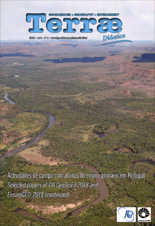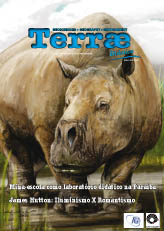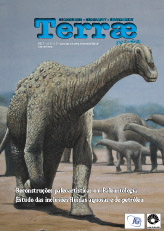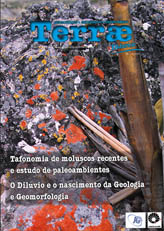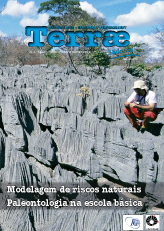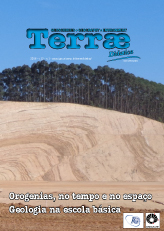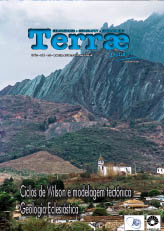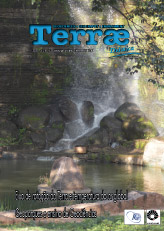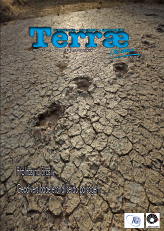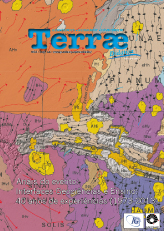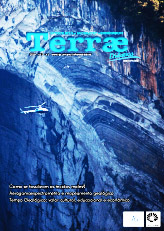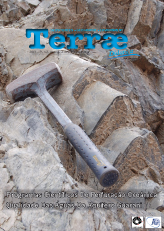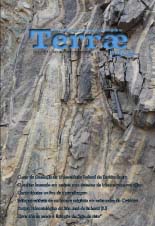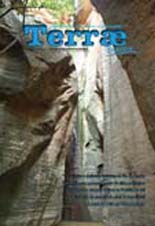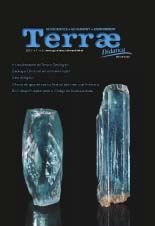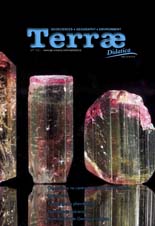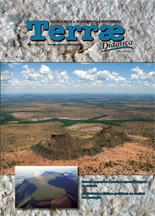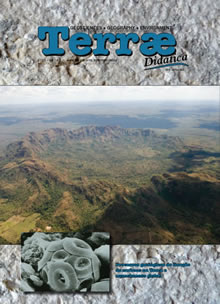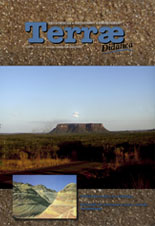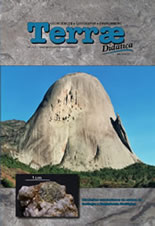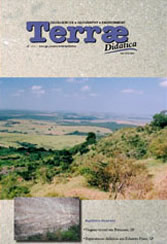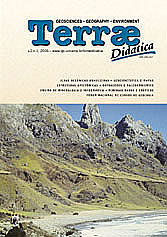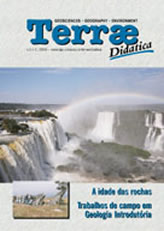Campinas-Brasil
ISSN 1980-4407

 ___________________
___________________ __
__
Volume 14, n2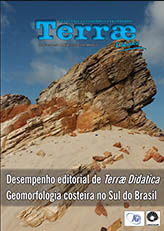
Volume 14, n1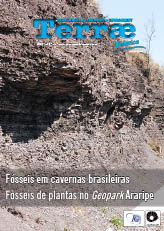
Volume 12, n3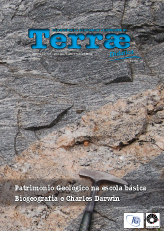
Volume 10, n2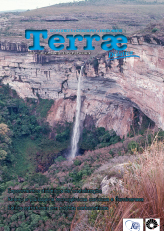
Volume 8, n2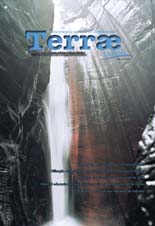
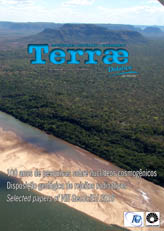
Earth history and evolution of life in the high school curriculum of the state of São Paulo
C. P. Scott-Santos
Graduate Program of Teaching and History of Earth Sciences, PO Box 6152, 13083-855 Campinas, SP, Brazil - cristiane.scott@gmail.com
J. M. Piranha
Reference Center in Earth System Science - CRECIST, São Paulo State University -UNESP. São José do Rio Preto – São Paulo - Brasil
- joseli.unesp@gmail.com
Abstract: Among the main obstacles to the literacy of the Earth System Sciences, the content organization in official curricula stands out. The knowledge of this science has been shown as fundamental for the formation of citizens who know how to use natural resources regarding environmental questions and life itself. Faced with such issues, the present study has done a documentary analysis of the Parâmetros Curriculares Nacionais para o Ensino Médio (PCNEM in Portuguese, or National Curriculum Parameters of Secondary Education) and of the Currículo do Estado de São Paulo (CESP in Portuguese, or School Curriculum of the State of São Paulo), with aim at suggesting effective teaching alternatives for citizens formation. Both the PCNEM and the CESP present contents in a fragmented way through traditional disciplines, such as has been the educational structure in Brazil for decades. The PCNEM suggest an interdisciplinary approach of these contents, while the CESP do not mention this type of approach, but relates skills to be developed to each type of content, and so presents interdisciplinary teaching as valuable. As an alternative to this pedagogical structure, it is proposed that the contents encompassed in the Earth System Science should be treated in an interdisciplinary context, allowing the integrated development of contents and contributing to the teacher’s work.
Keywords:Earth Sciences teaching, Geological Time, Geoscience, high school, interdisciplinarity
Copyright © 2005-2007 - Instituto de Geociências - Universidade Estadual de Campinas - UNICAMP - Brasil - Todos os direitos reservados -
Desenvolvimento: ![]()
